Author Kazuo Ishiguro on being inspired by shoot-outs and samurai
Set in a mythologised 5th-century Britain, Ishiguro’s ‘The Buried Giant’ is a strange beast
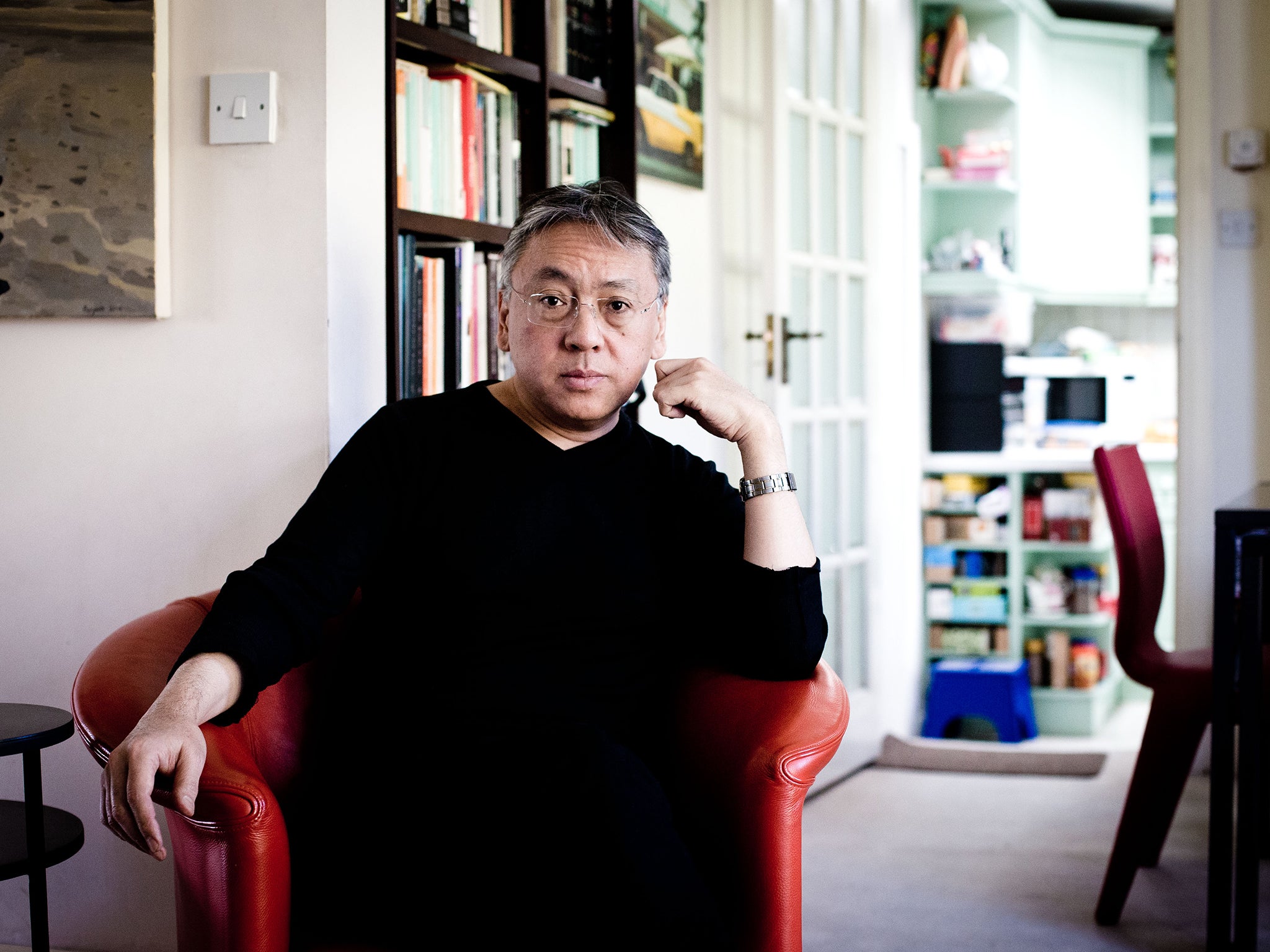
Readers admire, even adore, the fiction of Kazuo Ishiguro for a range of reasons. Until now, it’s fair to say, gory scenes of sudden lethal force have not figured among them. “To a disturbing extent, I enjoyed writing the violent scenes,” Ishiguro says about his seventh novel, and first book for almost six years, The Buried Giant. In this mesmeric parable of remembrance, forgiveness and revenge set during a fragile truce between Britons and Saxons after the Roman departure from these shores in the 5th century AD, slaughter has dwindled to a rare, but when it comes, gut-wrenching calamity.
As a child who feasted on adventure yarns from East and West, Ishiguro found that pampered swashbucklers, Errol Flynn-style, never quite cut it for him. “The swords just didn’t seem to be important. It seemed to be all about edging people over a cliff or the battlement of a castle.” All the while, dashing blades traded badinage about the damsel both pursued. “I thought, this is very odd. Because I’m used to the idea of the samurai. You stare at each other for a long, long time. Then there’s one huge explosion of expert violence, and then there’s a victor.”
Ishiguro found himself “getting rather enthusiastic” about the choreography of combat that bloodily punctuates The Buried Giant. “I knew that, in my book, the violence when it came would be samurai: minimalist but deadly.” Its infrequence only deepens its shock. In this world, a hard-won peace hangs by a whetted sword’s edge. Arthur, long dead but still revered among the Britons, has “temporarily imposed a peace, possibly for a generation or two”. Now the Saxon incomers itch to push their settlements further into British lands.
In spite of his youthful passion for both samurai manga and Hollywood Westerns, Ishiguro was not and is not “a big fan of all that Arthurian stuff”. Most of that lore belongs, as he notes, to the High Middle Ages, a much later epoch. “I was more drawn to this period per se because there’s a kind of blank in British history,” between the Roman withdrawal around 410AD and the mass Anglo-Saxon migrations. One camp of historians used to maintain that “there was a strong leader left over after the Romans: some kind of Romano-Celt who led a kind of resistance to the wave of immigrants landing from the European mainland, and that at some point there was an important victory won” by these Britons.
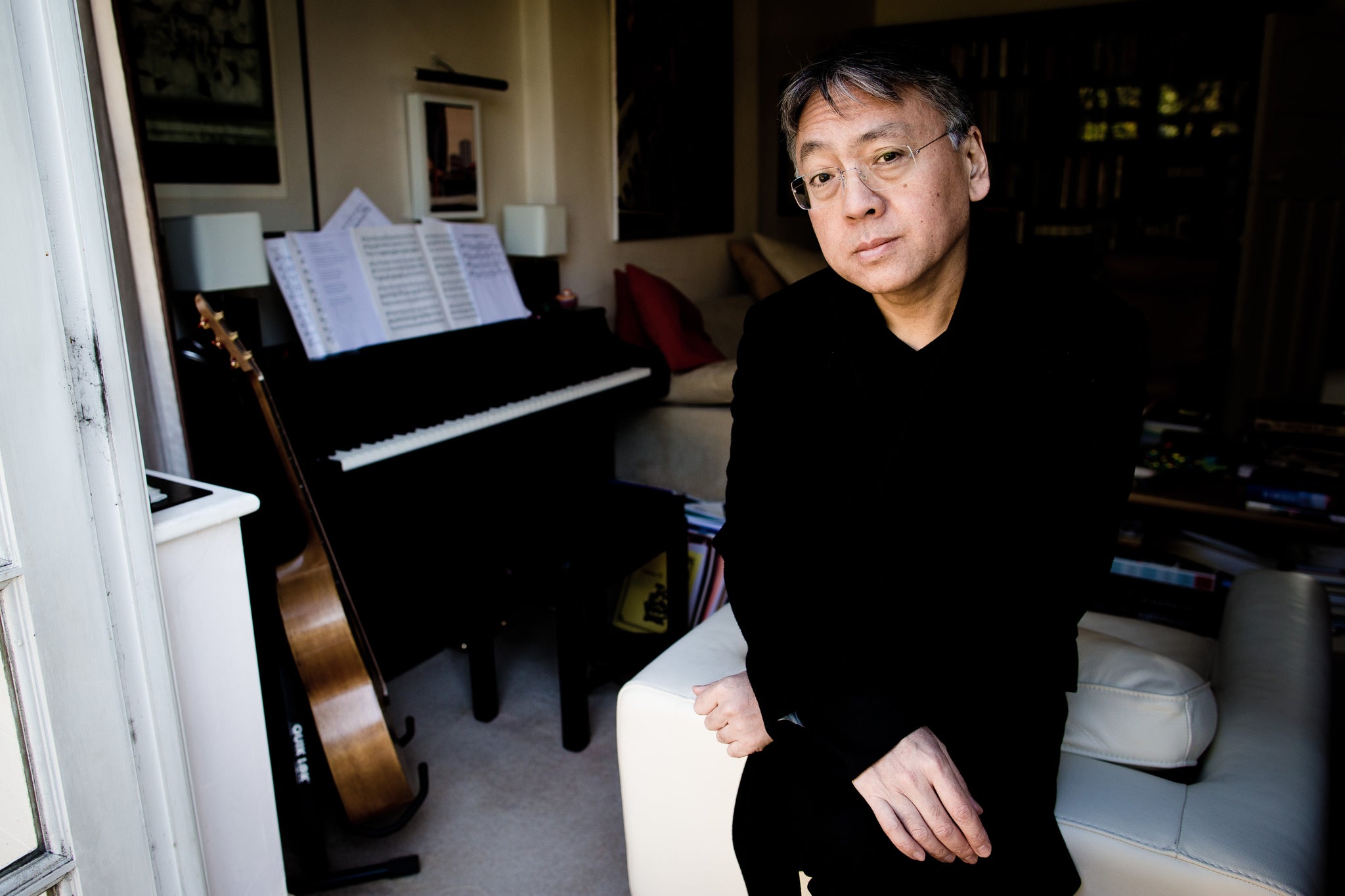
In this hiatus of “forced peace”, with past hatreds laid uneasily to rest, Ishiguro plants The Buried Giant. An elderly British couple with fast-fading memories, Axl and Beatrice, set out from their makeshift village to find a long-lost son. Along the way they encounter a roving Saxon warrior, Wistan, and Sir Gawain himself: once the chivalric young hero of Arthur’s court, now a “whiskery old fool”.
Slightly comical but still dignified, this Gawain descends in part from the sort of old-timer played by Walter Brennan in the Westerns Ishiguro loves. He also owes his ancestry to the masterless warriors of Japan: the ronin. “I’d been brought up, to some extent, on samurai folk tales,” he explains.
After an age of “incessant civil wars”, the later Shoguns imposed a kind of peace. Yet wandering ronin “clung on to their old values”. In Ishiguro’s Romano-British incarnation, Sir Gawain and his trusty steed Horace trot lazily on the trail of a fearsome dragon, Querig. Her breath has filled the land with an amnesiac “mist” that befogs memory and clouds the past.
From An Artist of the Floating World through The Remains of the Day to When We Were Orphans and Never Let Me Go, blurred recollections and opaque histories haunt many of Ishiguro’s protagonists. However, this curse of forgetting, oblivion and denial has – save for the collective delusions of Never Let Me Go – mostly functioned as an individual plight. “I wanted to write about the same kind of struggle but at the societal level,” he says. “I’d always been fascinated by how a nation or community remembers or forgets. When is it better to remember and when is it better to forget?”
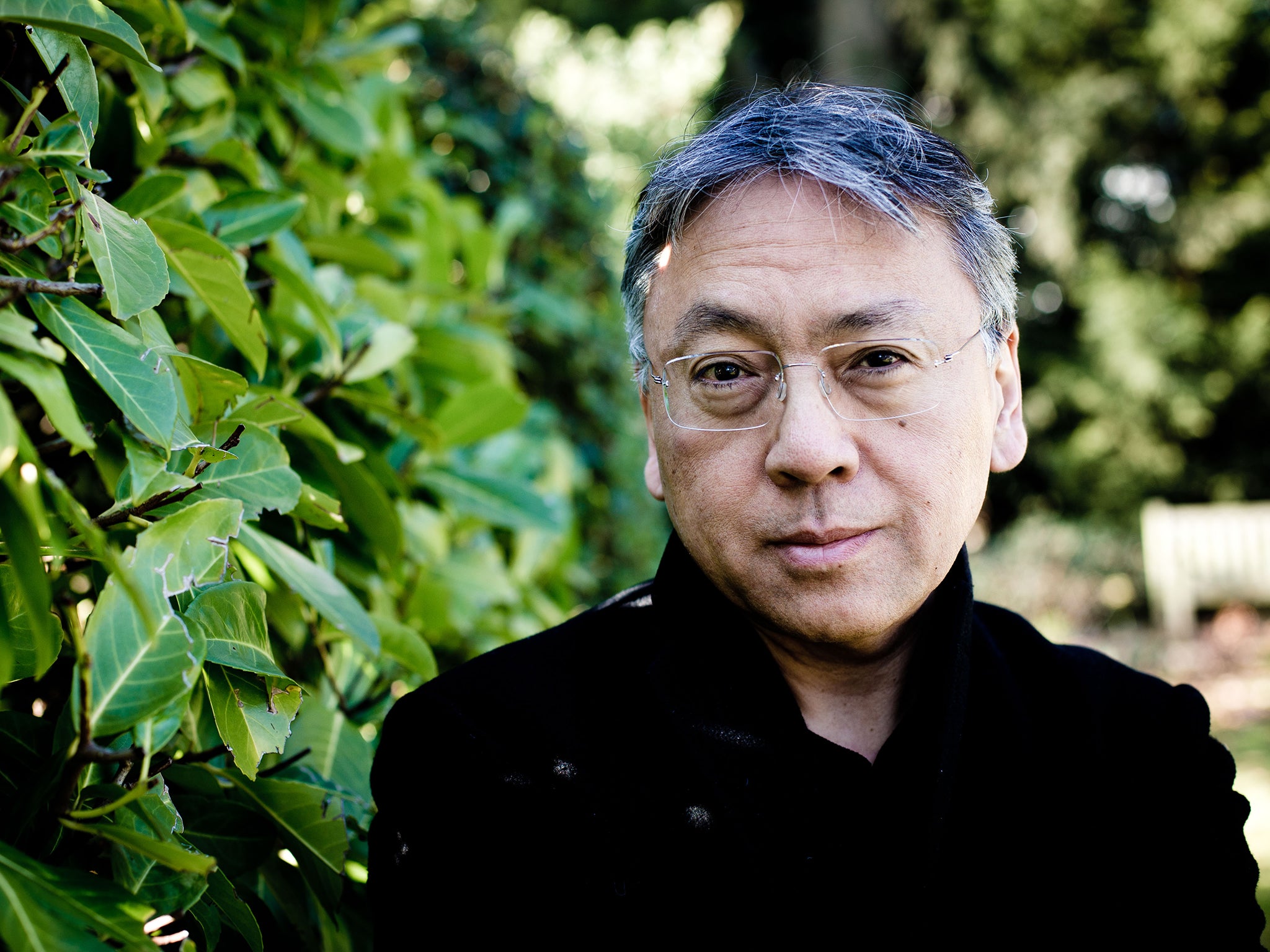
Should the dragon Querig die and her breath of forgetfulness cease, “Who knows what old hatreds may loosen across the land?” The question may apply to private as well as public pacts. Axl and Beatrice fear that their defective memories may have drawn a veil over past marital quarrels. But theirs, comments Ishiguro, is “a very hard-won love: they’ve built it over a huge long distance”. Now, “They have the privilege or prerogative to look at everything about their relationship and still have their love intact.” Communities seldom enjoy that option: “almost all societies, even the most apparently stable ones, are potentially fragmented. It’s not that kind of love that people feel for each other”.
The child of Japanese parents (his late father was an oceanographer), Ishiguro came to Surrey aged five in 1960 and went to local schools. After a degree in literature and philosophy at Kent University, he met his wife Lorna during his stint as a social worker with the homeless. A star student on the creative-writing MA course at the University of East Anglia, Ishiguro published his debut novel, A Pale View of Hills, in 1982. Ever since his “Best of Young British” selection the following year, formal honours and bestselling acclaim have greeted each new book.
When I interviewed Ishiguro in 2009 about his sheaf of musical stories, Nocturnes, he described a book that sounded pretty much like The Buried Giant. The idea had already put down roots. “I can remember talking [about it] to an audience in Japan in 2001,” he says. At that time, specific conflicts took his eye as concords collapsed into massacre: civil wars in former Yugoslavia, or genocide in Rwanda. “In both of those cases, people appeared to have been living peacefully, quite intimately… There was some very deliberate manipulating of societal memory, in order to mobilise the hatred and the violence.” However, “Should it then be a story set in the old Yugoslavia? Then it becomes specifically about that.”
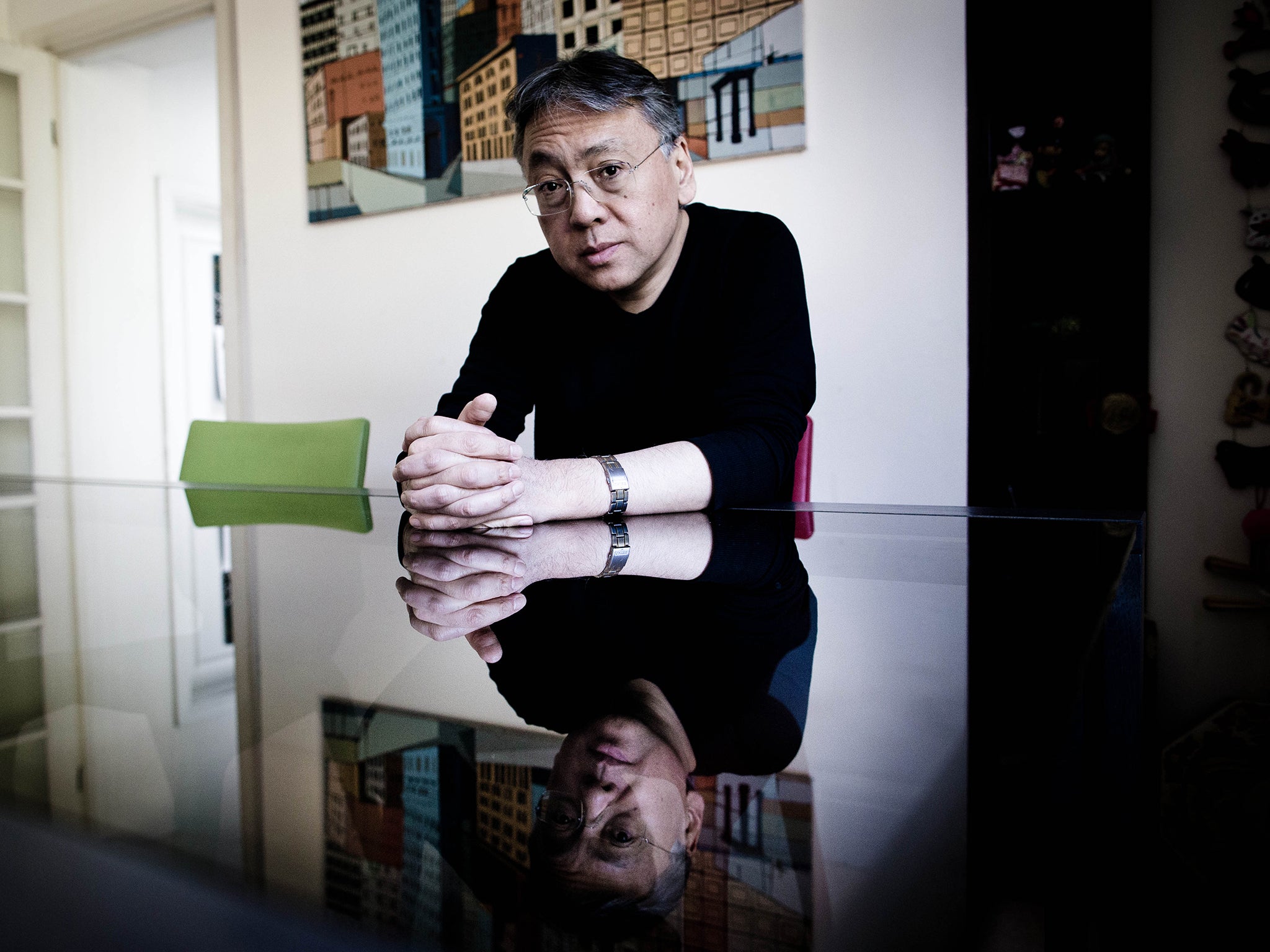
Ishiguro insists that “most societies have a buried giant...strange things they don’t talk about”. His 5th-century limbo gave him a venue and frame for this motif. He still had to locate the right voice. At first, he thought: “I suppose I’d better invent some sort of archaic, ornate vernacular.” Wrong call. Always his most vigilant reader, Lorna put her foot down. “I showed Lorna a hunk of it – probably about 60 pages… and she said that this absolutely would not do at all: ‘You’ll have to start again from scratch because the language you’re using is just not right’.”
Precise, unfussy, lyrical and just a little strange, the idiom of The Buried Giant now feels as universal as its theme. “The second time round, I dispensed with all that kind of ornamentation. I resorted to subtraction rather than addition.” If the book shuns archaism, it also refuses to put modern people into fancy dress. Dragons apart, ogres and pixies also cross Axl and Beatrice’s path. These mythic fauna fit the view of “people living in these tiny villages with vast uncharted territory beyond. I didn’t think, ‘This is a playground where I can make anything happen.’ That gave it some kind of discipline, some restriction.”
We talk in his comfortable and relaxed suburban house in Golders Green. These days, he stands like some much-loved megalith at the heart of our literary landscape. Yet his homeland can still unsettle him. “Britain is the country I struggle most to get a perspective on because I’m very much part of it,” he says. “But I imagine the buried giant of Britain does concern the whole history of what was done in the name of empire.” That may yet inflect our attitude to migrants, old and new. “The British memory is very, very selective, just as the French would be about the Occupation” – or the US about racism. At any rate, his new book reminds us that “this country has always been a multi-ethnic, multicultural place”.
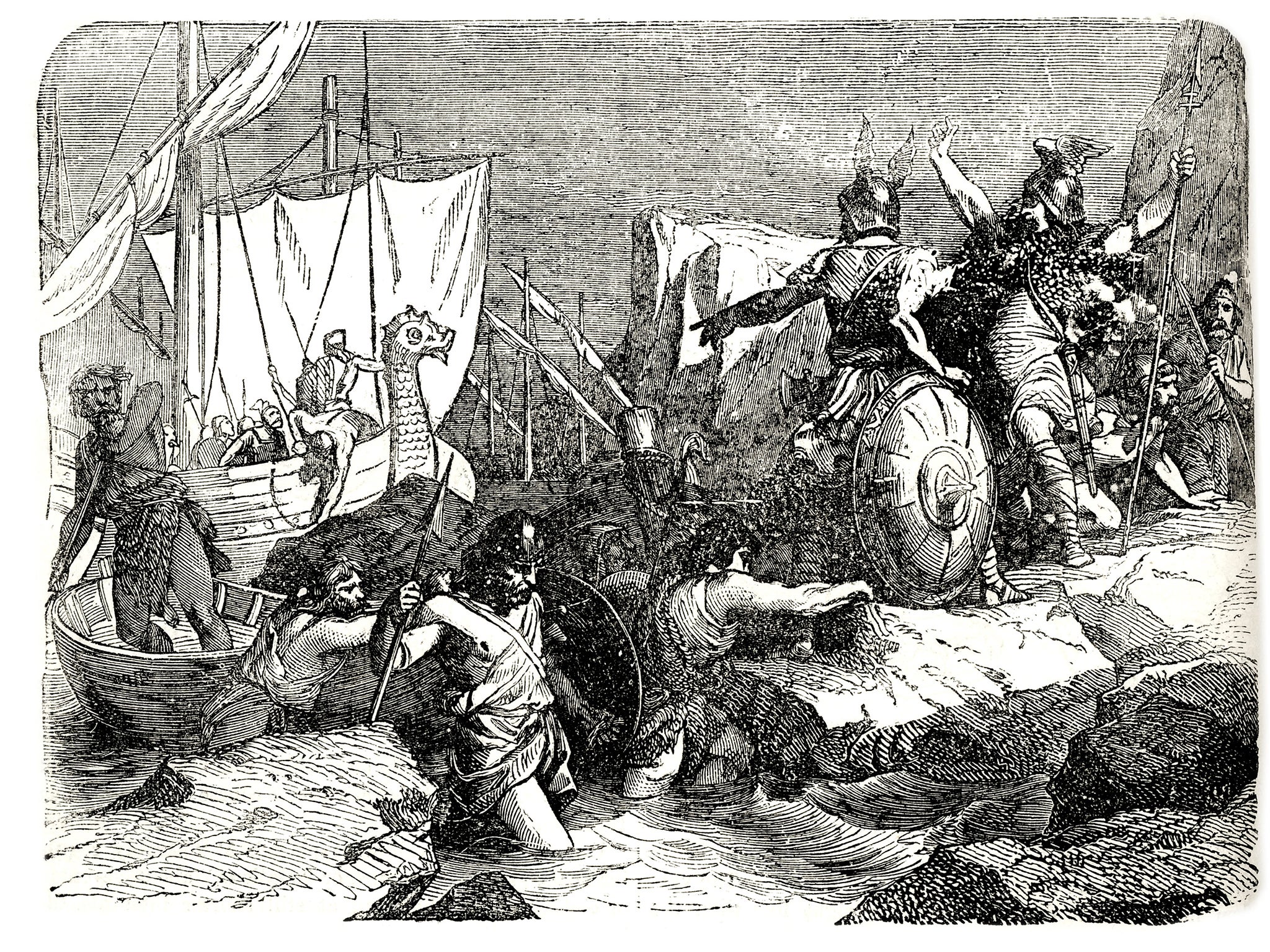
Ishiguro turned 60 last year. By now, his supposed dread of declining powers has become a myth in itself. He first voiced the notion that great novelists peak early in his mid-thirties, “to fight off a kind of complacency”: the trap of imagining that, at such an age, “You should be doing your apprentice work and paying your dues”. On the contrary: “You should really go for it.” He recalls that world-changing classics such as War and Peace and Ulysses were written by authors in their late thirties. Since then, Martin Amis in particular always ascribes this “peak fiction” panic to Ishiguro. Waking up to the Today programme recently, “I suddenly heard my name. And he was talking about this again! He likes to attribute it to me.”
Now, rather than fretting over summits and slopes, Ishiguro has “got interested in this whole question of late style”. He admits that “some people just decline. They do what they always did but not as well.” However, this keen guitarist and lyric-writer (most recently, for two numbers on jazz vocalist Stacey Kent’s album, The Changing Lights) reflects that a pair of his musical touchstones embody the promise of late-career creativity: Bob Dylan and Leonard Cohen.
Like maturing footballers who successfully change position, artists too can switch roles. Ishiguro identifies two potential routes. “Either people produce these quite distilled, pared-down works,” as in the late fiction of Philip Roth. Or else they let it (almost) all hang out – as in Dylan’s comeback album, Time Out of Mind. In such a work, “the style is much looser in a way, more florid”. It seems “to embrace the whole business of getting older: the sense of fading powers, but nevertheless trying to create something quite beautiful out of that”.
Rest assured: his concern with “the artwork that seems to embrace the Third Age” remains a critic’s rather than a practitioner’s. Neither pared-down nor florid, The Buried Giant has that mysterious aura of inevitability and solidity that Ishiguro brings to each of his self-contained worlds. Already in embryo, the next novel may “stay on this territory of societal memories. It won’t be a repeat, but there’ll certainly be an overlap.” But don’t expect it too soon. “I’ve never felt, at any point in my career, that I had to contribute to the quantity of books.” Rather, every new work must “change the landscape”, in the sense that “I put a flag down where there wasn’t a flag”. That flag still flies high over cherished terrain that no one else could ever occupy.
‘The Buried Giant’ (Faber) is out tomorrow; Kazuo Ishiguro will be appearing at ‘The Independent’ Bath Literature Festival on Friday 6 March
Join our commenting forum
Join thought-provoking conversations, follow other Independent readers and see their replies
Comments